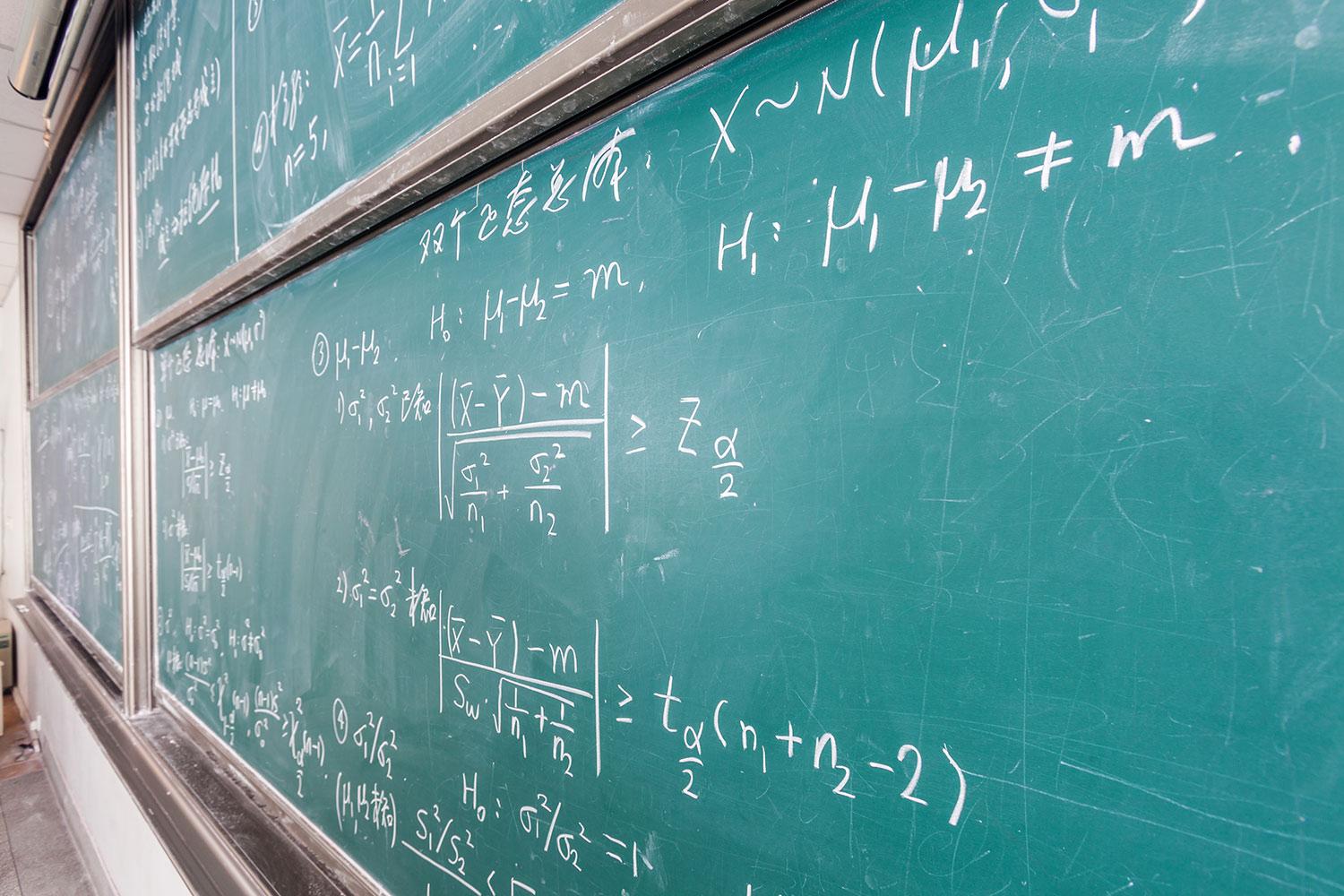
Numbers in Chemistry
CHM 101
Metric System, Scientific Notation, Dimensional Analysis, Density
https://youtu.be/z7Eoh9tGC6g
this video covers scientific notation (with the calculator), significant figures, and the metric system
https://youtu.be/A42jHKhYVvQ
this video covers practice problems on dimensional analysis and density
Scientific notation-use your calculator!
We are going to focus on using your calculator when working with scientific notation. The first few practice problems we will do will "move the decimal" going back and forth from regular notation to scientific notation. However, as the picture represents, we will learn that scientific notation numbers are just like any other number and using your calculator correctly will insure success.
1.8 Scientific Notation on the calculator
Significant Figures
You may have caught on through the lab that the equipment you use limits the accuracy of a calculation. For example, a metric ruler typically measures to 1 mm or 0.001 m (0.1cm). If you use a balance to measure the mass of a cube and the balance measures to 3 decimal places but the ruler you used to measure the length of the cube measures to 0.1 cm, then the density calculation can only be reported to one decimal place, not the 6 or 7 decimal places your calculator shows. The rules in the figure below point out some pretty picky "zero rules" but they can be summed it: If the number is greater than one and there is a DECIMAL, everything is significant. If the number is less than one, do not count the "placeholder" zeros after the decimal but count all digits after the zeros. If the number has no decimal and ends in zero(s), do not count the zero(s) at the end of the number.
Calculations and Significant Figures
When doing a calculation that involves multiplication or division (the most common in chemistry), the correct number of significant figures for the answer is the same as the least number of significant figures used in the calculation. For example: If 12.457 is divided by 11.8, the correct answer should have 3 sig figs because of the 11.8 and the answer for this problem would be 1.06.
When doing a calculation that involves addition or subtraction, the correct number of significant figures corresponds to decimal places instead of total number of sign figs as with multiplication and division. However, the answer should have the number of sig figs as the fewest (same in that sense) decimal places used in the calculation. For example, if 1256 is added to 13.4, the answer should be no decimal places because of the 1256 so the answer is 1269.
Multiplying and Dividing video below (2 videos on multiplying and dividing)
Significant Figures Made Easy! (1.2)
Adding and Subtracting with Significant Figures
Add and Subtract with Significant Figures (1.6)
Measured vs Exact Numbers
https://www.youtube.com/watch?v=DLodghpm5sE
https://www.youtube.com/watch?v=TY4Yoyur3X4
Metric system
The metric system is the only system used in scientific fields. The figure below shows the "prefixes" for the powers of ten that each represents. The figure on the right shows the most important examples of metric prefixes. Memorize these prefixes because you need to be completely comfortable with this system. We will work numerous problems to help you along.
https://www.youtube.com/watch?v=7N0lRJLwpPI
Dimensional Analysis
You may have seen this method for solving problems before (picket fence, etc) but STOP RESISTING using this method because it makes everything so much easier! You can solve many problems in chemistry and physics by focusing on the UNITS instead of randomly punching numbers into your calculator until you get one of the multiple choice answers. By the way, mean instructors such as myself are on to this student method and incomplete answers (answers to part of the problem) are there to distract you on a test. So climb on the unit bandwagon and be more confident in your problem solving!
Dimensional Analysis
Density
You have probably used the density formula several times over the years you have been in school. It is not uncommon, however, for students to be in college and still not have a firm grasp of this concept. The picture above shows the particle view of density. Once students understand this concept AND then master the units for density, they do, then, understand density. Density is a ratio of mass and volume and as you may have found in the lab, the size of the sample for a particular material does not change the density because it is how those particles are arranged and the ratio, therefore, does not change. The units are g/mL if working with liquids; g/cubic centimeter if working with solids (mL = cubic centimeter).
What can you do to help your understanding?
Chemistry is a subject that must be practiced everyday if possible. Work through the lecture examples stopping the video clips and then restarting to check yourself. Take advantage of the practice in Mastering Chemistry to give you the practice you need to be successful. DO NOT PROCRASTINATE! Check announcements on Blackboard everyday. Keep a printed copy of the most recent course calendar next to your work area. Email me with questions!!
Dr. Melinda Oliver
Email: oliver@southalabama.edu
Location: University of South Alabama, Mobile, AL, United States
Phone: (251)405-4504









